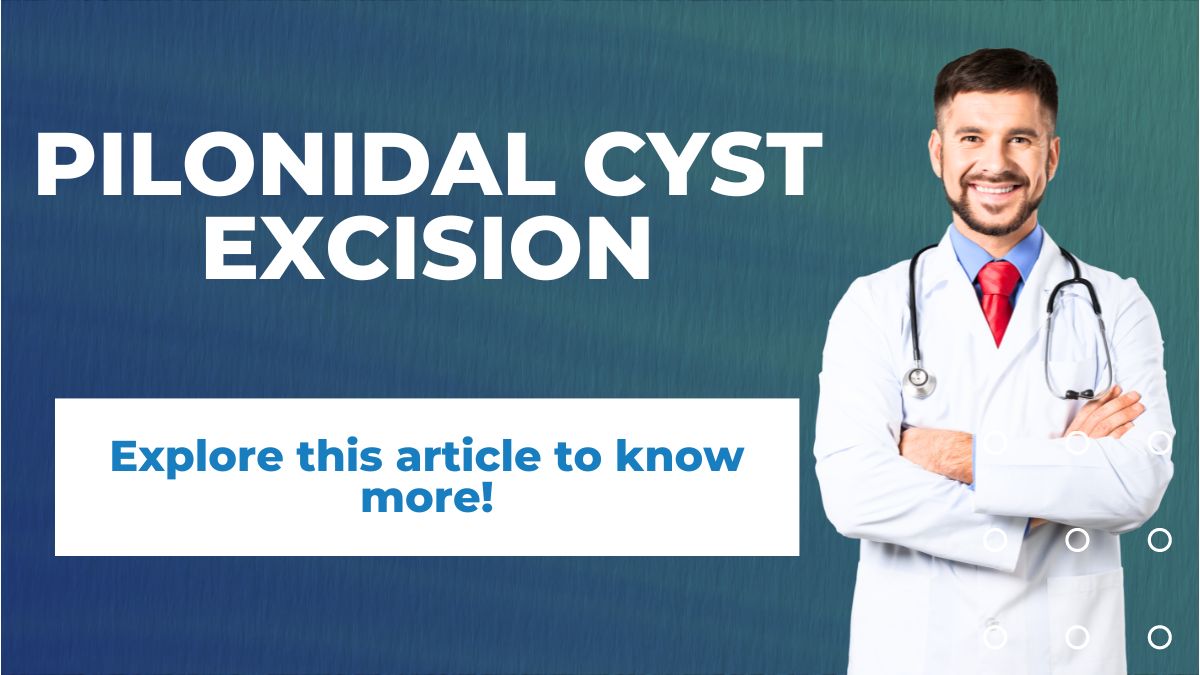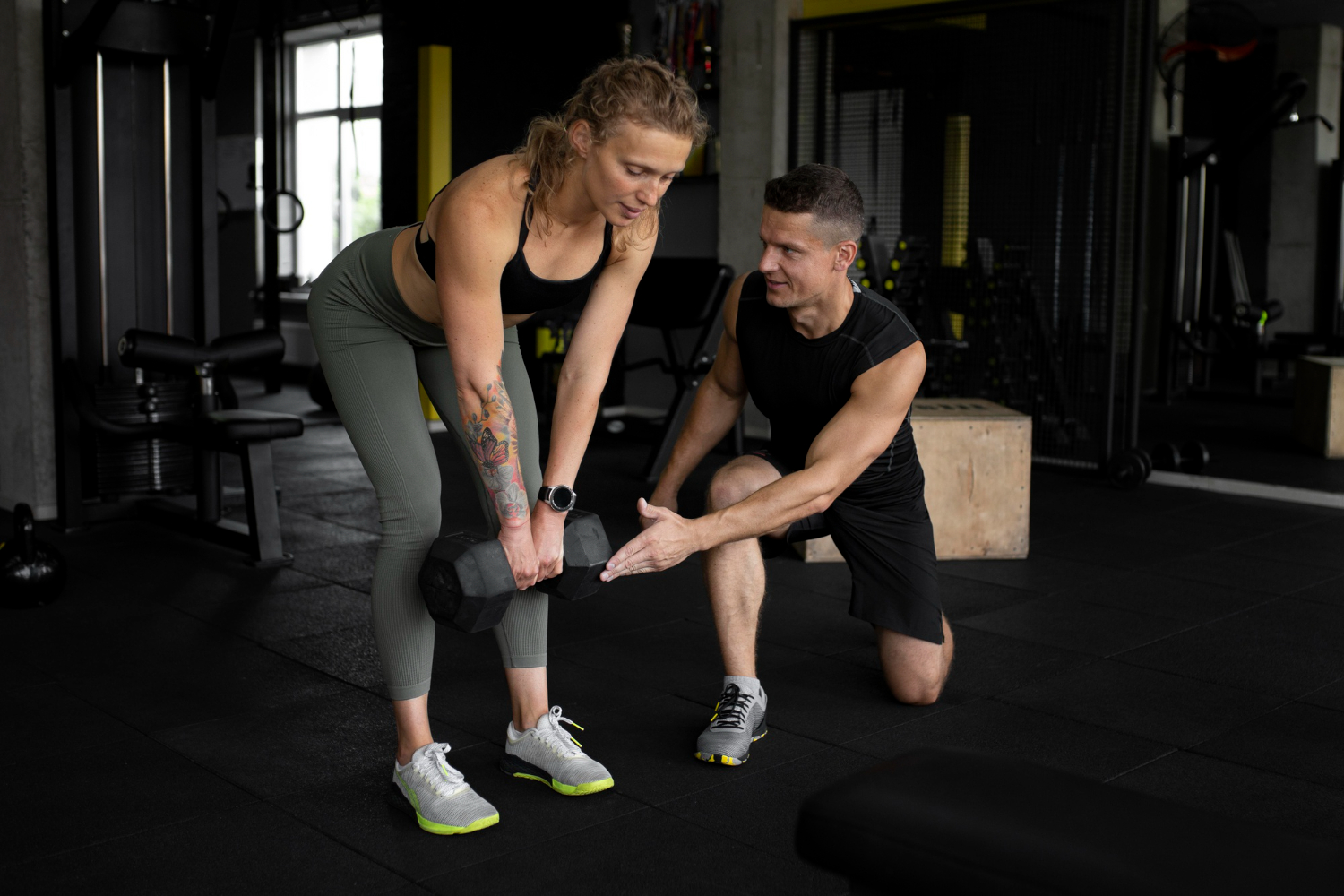
Although pilonidal cysts are extremely uncommon, it can cause significant pain and tenderness. And the journey to recovery for patients who have pilonidal cyst excision surgery includes certain lifestyle changes intended to provide a smooth recovery process.
After excision of pilonidal cyst, patients regularly want to return to their normal exercise routine. It is crucial to realise, though, that lifestyle modifications and postoperative care are critical in fostering rehabilitation and preventing relapse. Adherence to these principles strictly is necessary for optimal healing outcomes and long-term wellbeing.
1. Wound care
Keep the wound site dry and clean. Follow your doctor’s postoperative care instructions to ensure optimal healing and infection prevention. Your devotion in following these directions is critical to your recovery, therefore prioritise wound care as directed by your healthcare expert.
2. Physical activity
It’s normal to want to get back to your regular physical activity as soon as possible, but but you should take it slowly. Engaging in physically demanding exercises or activities that put stress on the incision site can impede healing and raise the possibility of problems. Begin with moderate, low-impact sports activities suggested by your healthcare provider, then gradually increase the intensity.
3. Sitting and standing
Prolonged sitting can put pressure on the surgical website and hinder recovery. Alternate between sitting and standing whenever possible to reduce anxiety and encourage movement. Investing in a donut-shaped pillow can also help alleviate sitting pain.
4. Management of your diet
A healthy and balanced diet is essential to support recovery and mental well-being during surgery. Focus on incorporating lean mass, vegetables, lean protein, and whole grains into your meals to assist your recovery. Additionally, staying hydrated is essential to maintaining excellent recovery conditions.
5. Pain management
It is common to experience some pain after excision pilonidal cyst. Your health care provider may additionally prescribe pain medication to help with pain during surgery. In addition, using cold compresses on the incision website online can help reduce swelling and ease soreness.
6. Follow-up care
Schedule regular appointments with your healthcare practitioner to track your progress and handle any issues. Make sure you don’t miss any of your planned checkups, and talk honestly with your doctor about your recuperation.
Following pilonidal cyst excision, recovery from the procedure calls for perseverance, effort, and a dedication to lifestyle changes that both hasten healing and guard against recurrence.. You may confidently manage your rehabilitation and emerge stronger if you adhere to your healthcare provider’s instructions and make significant modifications to your everyday routine. Remember that recovery from excision of pilonidal cyst takes time, so be yourself and prioritise self-care as you embark on this adventure.








